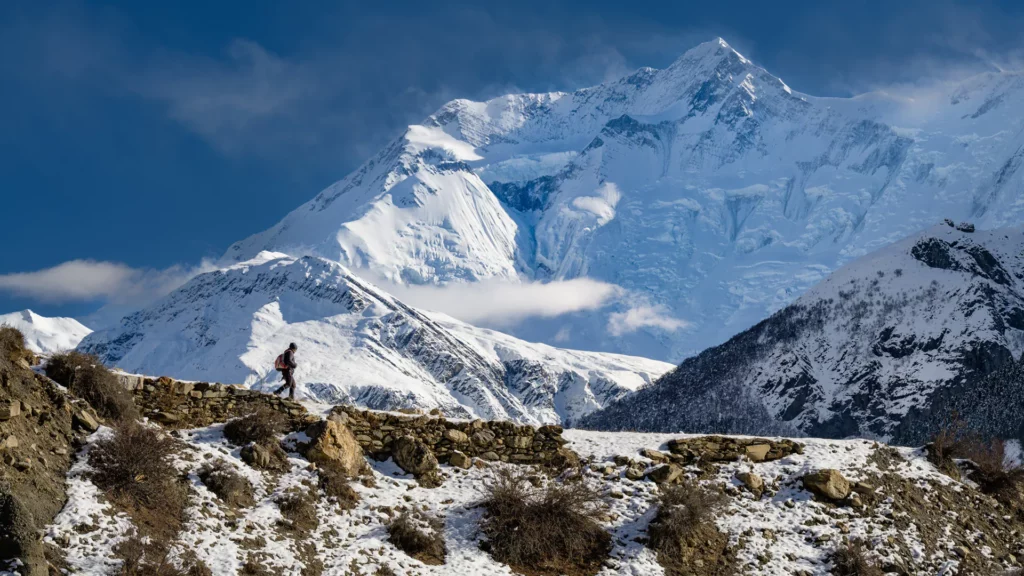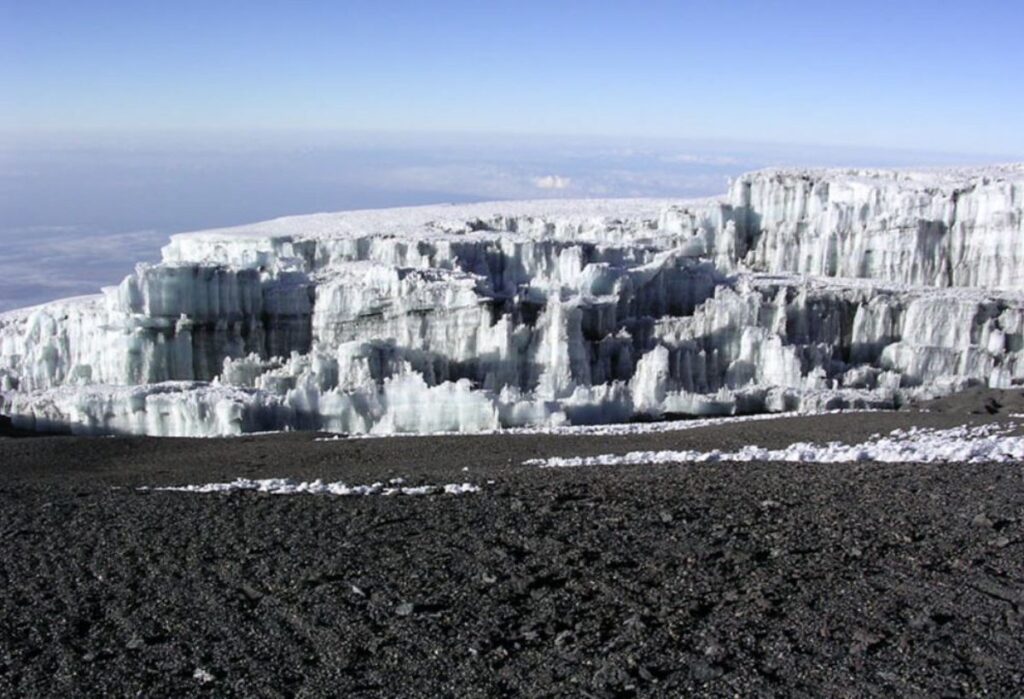The lack of snow in the Himalayas recorded since last winter is worrying specialists. To the point that it is feared that the millions of people who depend on glacier water may be left without resources.
More precisely, a quarter of the world’s population requires it for their water supply. The risk of scarcity generated by this environmental issue is “very serious.”
Little snow in the Himalayas: what is the reason
From Afghanistan to China, and from Pakistan to Vietnam, they are at risk of suffering from thirst (and hunger, due to the effects on crops). This is due to a year of exceptionally low snowfall in the Hindu Kush and the Himalayas (HKH) in Central Asia.
This is warned by the annual report on the snow season from the International Centre for Integrated Mountain Development (Icimod), an association based in Nepal involving eight nations in the region.
The lack of snow last winter in the world’s highest mountains had already emerged in January and was widely discussed in the Indian media.
“In thirteen of the last 22 years, the snow cover in HKH has been below average,” commented Sher Muhammad, an Icimod specialist and one of the authors of the annual report.
 Snowfall decreased in the Himalayas.
Snowfall decreased in the Himalayas.
“The little snow, which melts quickly, increases the risk of water scarcity and drought, especially this year.” This issue can be explained by a combination of phenomena.
Little snow in the Himalayas: the causes
1. Fewer “Western disturbances”
In the affected region, in winter, snow arrives due to what Indian meteorologists call western disturbances, that is, disturbances that come from the West.
These are low-pressure systems that originate between the Eastern Mediterranean and the Black Sea, cross Anatolia, Iran, and Afghanistan for thousands of kilometers to reach the 8000-meter strongholds between India, Nepal, and China.
The El Niño phenomenon, combined with the current phase of global warming caused by two centuries of human activities, is a lethal combination. The Mediterranean, especially the eastern part, is the sea that warms the most, with surface temperatures exceeding 30 degrees in summer.
All this determines an alteration in the frequency, strength, and trajectory of western disturbances that bring snow to Central Asia. And they are weaker.
2. Little water in Asian rivers
Approximately 23% of the discharge of the 12 main rivers originating in the region is due to glacier melt. The result of Icimod’s research is highlighted by the reduced persistence of the snow cover in the respective basins, ranging from -31.8% of the Helmand (which flows into Afghanistan) to -1.1% of the Mekong, vital for Laos, Cambodia, and Vietnam, passing from the Ganges (-17%) to the Indus (-23.3%).
In China, only the Yellow River is positive (+20.2%) because it flows further north and its sources benefit from the icy currents coming from Siberia, while the Yangtze loses 13.2%.
3. Glaciers in retreat
 The problem of glacier melting.
The problem of glacier melting.
Between 2011 and 2020, the Himalayan glaciers, like these ice giants worldwide, melted 65% faster than the previous decade, according to Icimod. At this rate, by the end of the century, these glaciers could lose 80% of their volume.
An analysis published by Nature conducted on 14,798 glaciers in the Himalayas found that from a peak of 28,000 square kilometers in the Little Ice Age, they now cover less than 40% of that area and are retreating at an unprecedented speed compared to other parts of the world.

